Turning Agricultural Waste into Biomaterials
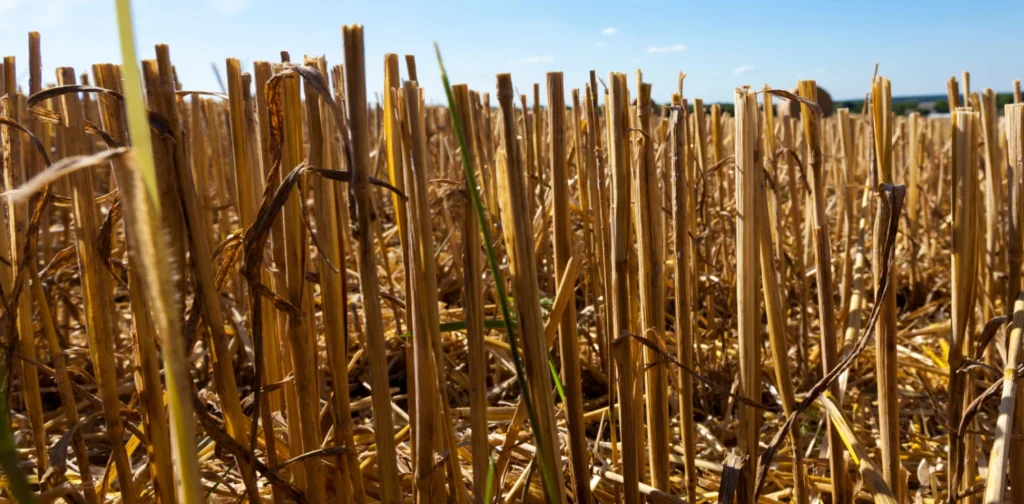
Photo: Washington Wheat Foundation.
As the world strives to feed a growing population, agricultural waste is becoming an increasingly pressing challenge. Every year, millions of tons of agricultural residues and by-products are discarded or burned, contributing to pollution and greenhouse gas emissions. However, when managed sustainably, agricultural waste holds the potential to drive innovation, reduce emissions, and support a circular economy that benefits people and the planet.
The Urgency of Agricultural Waste Management
Agriculture plays a vital role in sustaining global food supply. At the same time, it generates vast amounts of waste that often goes unmanaged.
According to a global database on crop residues, each of the three major crops alone—maize, wheat, and rice—generates over 1 billion tons of waste annually. Globally, North America produces the highest volume of maize residues, contributing around 0.41 billion tons annually. Meanwhile, South Asia, particularly India, accounts for the largest share of wheat and rice agricultural waste. China also ranks among the top waste producers, generating over 99% of crop residues in East Asia.
Meanwhile, conventional waste management methods, such as open burning and dumping, remain the most common. These methods contribute to pollution, soil degradation, and GHG emissions, among others. In 2022, for instance, the agriculture sector contributed 40% of 355,801kt of the total global methane emissions.
The sector remains one of the world’s most resource-intensive sectors, with mounting waste that further strains ecosystems. Therefore, there is an urgent need for sustainable agricultural waste management strategies.
Transforming Waste into Sustainable Materials
A key solution to waste management is to aim for circularity. Instead of a load to bear, waste can present a potential.
Across the world, researchers and innovators are turning agricultural waste into biomaterials. They transform by-products into more sustainable alternatives to petroleum-based materials, supporting circular and low-carbon economies.
For example, rice husks and sugarcane bagasse can become biodegradable films and biocomposites for food packaging and lightweight construction materials. The cellulose component in sugarcane bagasse, a by-product of the sugar industry, is also used to make biodegradable tableware and fiber-reinforced panels. Similarly, processing wheat straw into cellulose nanofibers and nanocomposites, which strengthen bioplastic blends, can provide sustainable alternatives for packaging and insulation.
These innovations illustrate how circular approaches can reduce agricultural waste and lower reliance on fossil fuel products like plastic. At the same time, they create new economic opportunities for rural communities and beyond.
Toward Circularity
There is a lot of untapped potential in agricultural waste. So, strengthening research investment and technical support that would encourage innovation in this sector is crucial. It is also essential to support grassroots innovations and engage with local communities and Indigenous peoples, fostering a bottom-up approach in discovering sustainable solutions.
Furthermore, progress in sustainable agricultural waste management also relies on community participation, supportive policies, and cross-sectoral collaboration. Many smallholder farmers still lack access to recycling facilities, financing, and infrastructure to adopt waste-to-resource solutions.
Ultimately, treating waste as viable, cost-effective resources can advance green transition and circularity. With systemic support in both development and implementation, all walks of communities can become active contributors to a more sustainable global economy for all.
Editor: Nazalea Kusuma
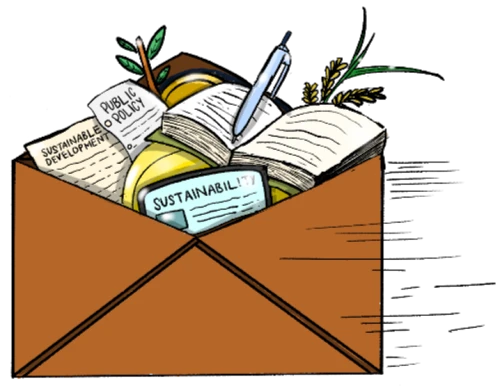
Join Green Network Asia Membership
Amidst today’s increasingly complex global challenges, equipping yourself, team, and communities with interdisciplinary and cross-sectoral insights on sustainability-related issues and sustainable development is no longer optional — it is a strategic necessity to stay ahead and stay relevant.
Join Now

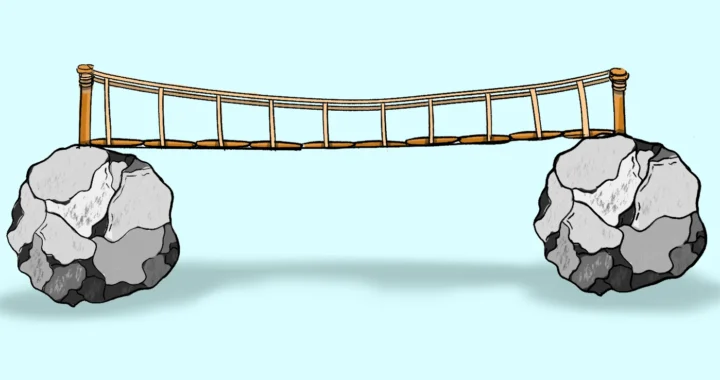 How Middle Managers Can Become the Bridge of Corporate Sustainability
How Middle Managers Can Become the Bridge of Corporate Sustainability  Racing with the Rapid Glacier Loss Globally
Racing with the Rapid Glacier Loss Globally  Understanding the Impacts of Rising Temperatures on Early Childhood Development
Understanding the Impacts of Rising Temperatures on Early Childhood Development 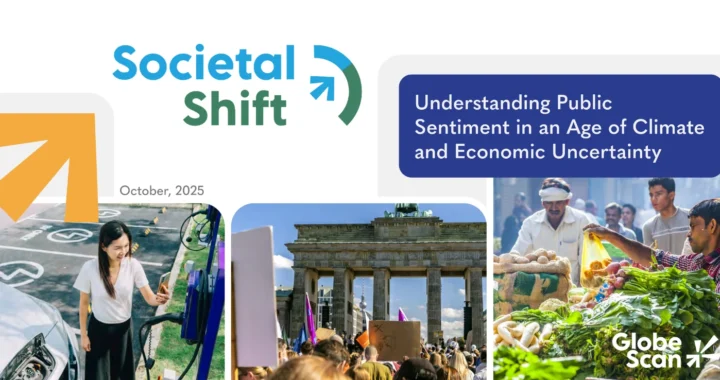 Closing the Sacrifice Gap: Mainstreaming Climate Behavior for Meaningful Change
Closing the Sacrifice Gap: Mainstreaming Climate Behavior for Meaningful Change  Addressing the Elephant in the Forest: The Necessity of Disaster Recovery Plans for Wildlife
Addressing the Elephant in the Forest: The Necessity of Disaster Recovery Plans for Wildlife 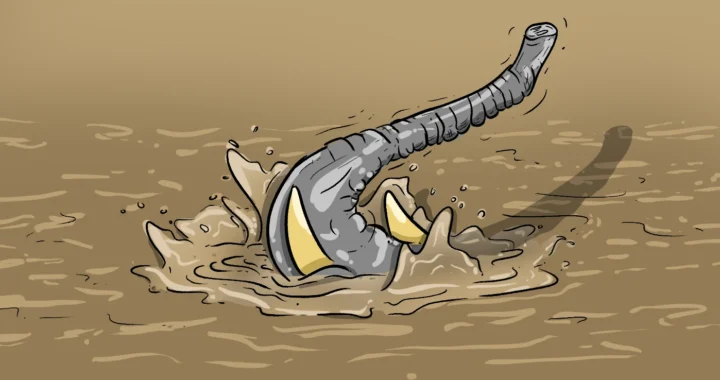 Weaving the Thread Between the Last Elephant and the Floods in Sumatra
Weaving the Thread Between the Last Elephant and the Floods in Sumatra